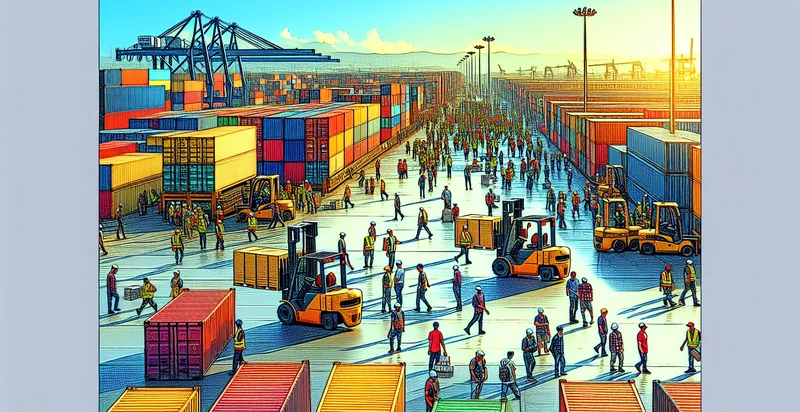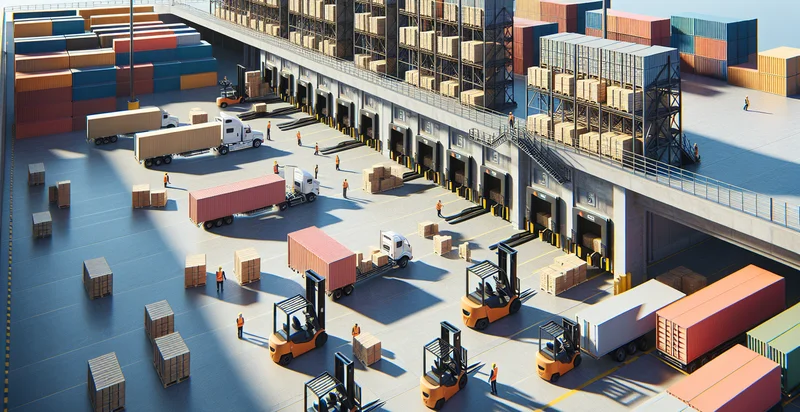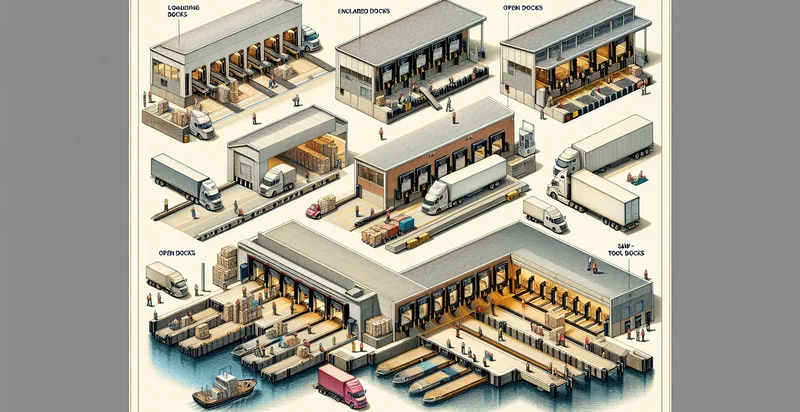Identify loading hazards
using AI
Below is a free classifier to identify loading hazards. Just upload your image, and our AI will predict the type of loading hazard present in the image - in just seconds.

Contact us for API access
Or, use Nyckel to build highly-accurate custom classifiers in just minutes. No PhD required.
Get started
import nyckel
credentials = nyckel.Credentials("YOUR_CLIENT_ID", "YOUR_CLIENT_SECRET")
nyckel.invoke("loading-hazards", "your_image_url", credentials)
fetch('https://www.nyckel.com/v1/functions/loading-hazards/invoke', {
method: 'POST',
headers: {
'Authorization': 'Bearer ' + 'YOUR_BEARER_TOKEN',
'Content-Type': 'application/json',
},
body: JSON.stringify(
{"data": "your_image_url"}
)
})
.then(response => response.json())
.then(data => console.log(data));
curl -X POST \
-H "Content-Type: application/json" \
-H "Authorization: Bearer YOUR_BEARER_TOKEN" \
-d '{"data": "your_image_url"}' \
https://www.nyckel.com/v1/functions/loading-hazards/invoke
How this classifier works
To start, upload your image. Our AI tool will then predict the type of loading hazard present in the image.
This pretrained image model uses a Nyckel-created dataset and has 16 labels, including Crushing, Equipment Failure, Exposure To Elements, Falling Items, Hazardous Materials, Incorrect Rigging, Load Shift, Overloading, Poor Visibility and Sharp Edges.
We'll also show a confidence score (the higher the number, the more confident the AI model is around the type of loading hazard present in the image).
Whether you're just curious or building loading hazards detection into your application, we hope our classifier proves helpful.
Related Classifiers
Need to identify loading hazards at scale?
Get API or Zapier access to this classifier for free. It's perfect for:
- Workplace Safety Monitoring: Implement the false image classification function to identify loading hazards in industrial and construction environments. The system can automatically analyze images from surveillance cameras to detect potential risks involving heavy machinery and loads, ensuring prompt action is taken to improve safety.
- Insurance Risk Assessment: Enable insurance companies to evaluate loading hazards during the underwriting process. By utilizing the image classification function, insurers can assess the safety compliance of a business's loading operations, leading to more accurate risk categorization and premium pricing.
- Loading Dock Management: Utilize the function in loading dock environments to enhance operational efficiency by identifying potential hazards. Real-time analysis of images can alert dock managers to unsafe loading practices, reducing the risk of accidents and improving workflow.
- Compliance Auditing: Employ the function for compliance audits in logistics operations. By continuously monitoring loading practices through image analysis, organizations can ensure adherence to safety regulations and industry standards, minimizing liability and ensuring a safe working environment.
- Training and Awareness Programs: Incorporate the false image classification function into employee training modules. By showing real-life classified scenarios of potential loading hazards, employees can better understand safety protocols and the importance of vigilant behavior when operating in hazardous environments.
- Insurance Claim Verification: Use the function to assess loading hazards in images submitted during insurance claims. By accurately classifying potential hazards, insurers can expedite the claims process and reduce fraudulent claims related to loading accidents.
- Predictive Maintenance: Implement the classification function in predictive maintenance strategies for loading equipment. By identifying hazards related to loading practices in real-time, maintenance teams can proactively address equipment issues, enhancing both safety and operational uptime.


